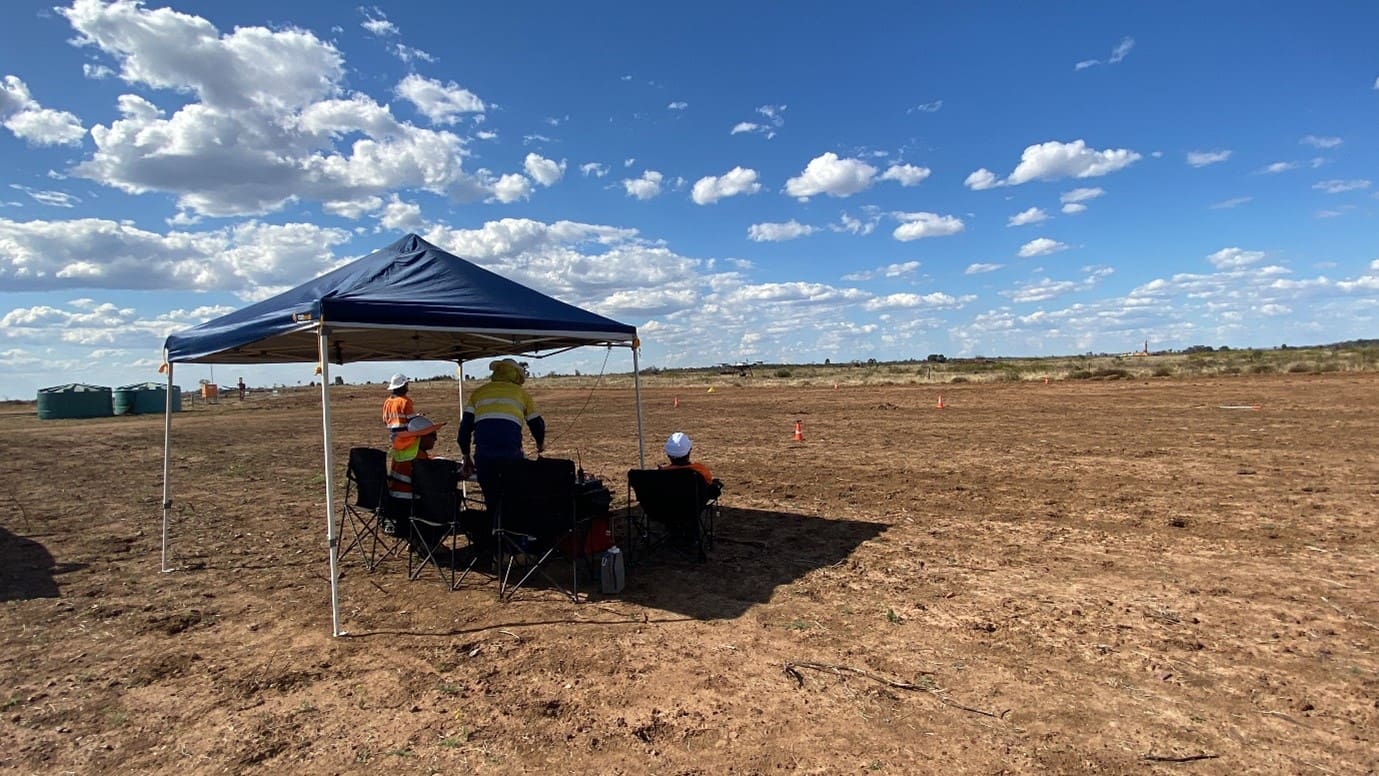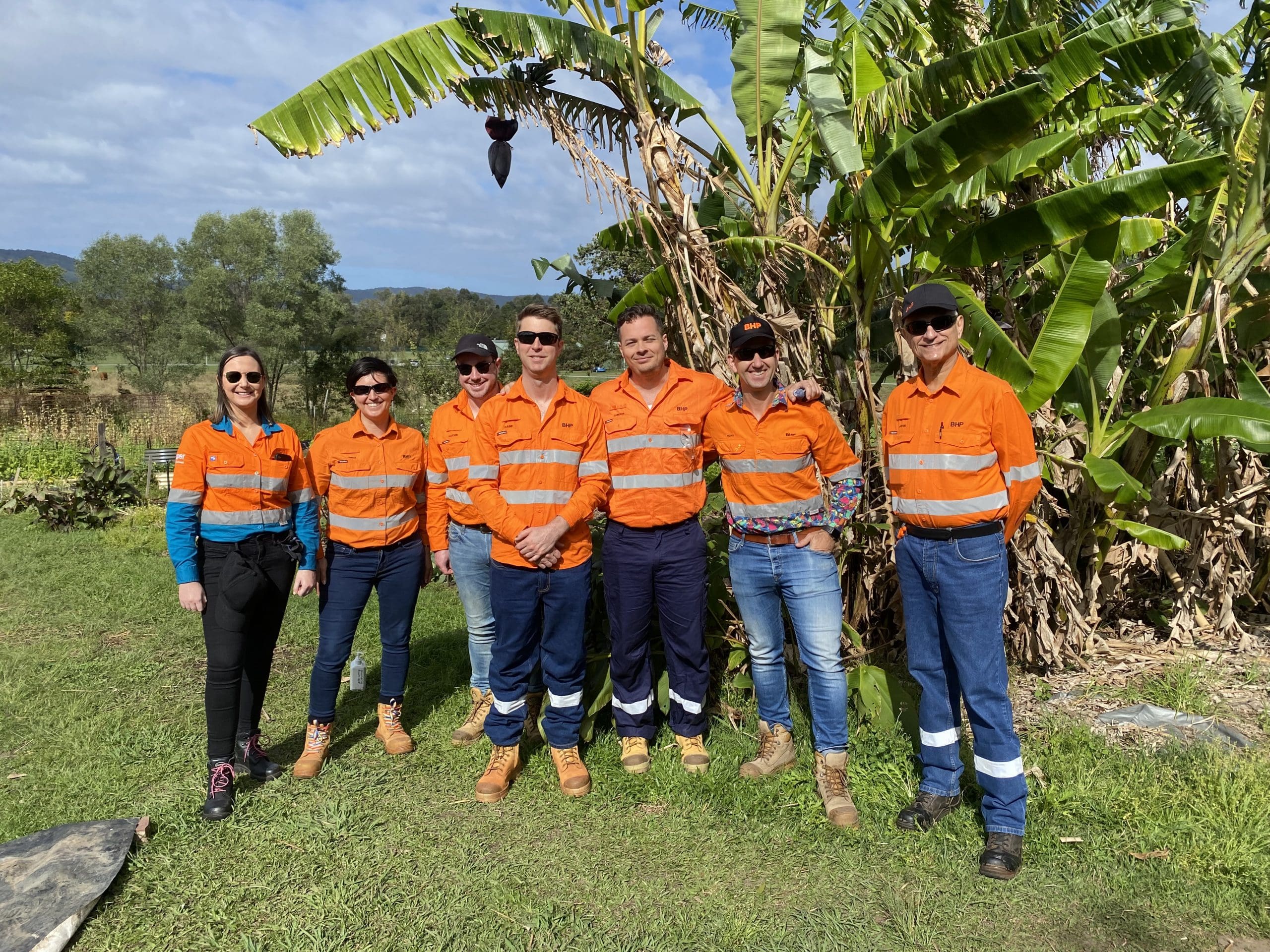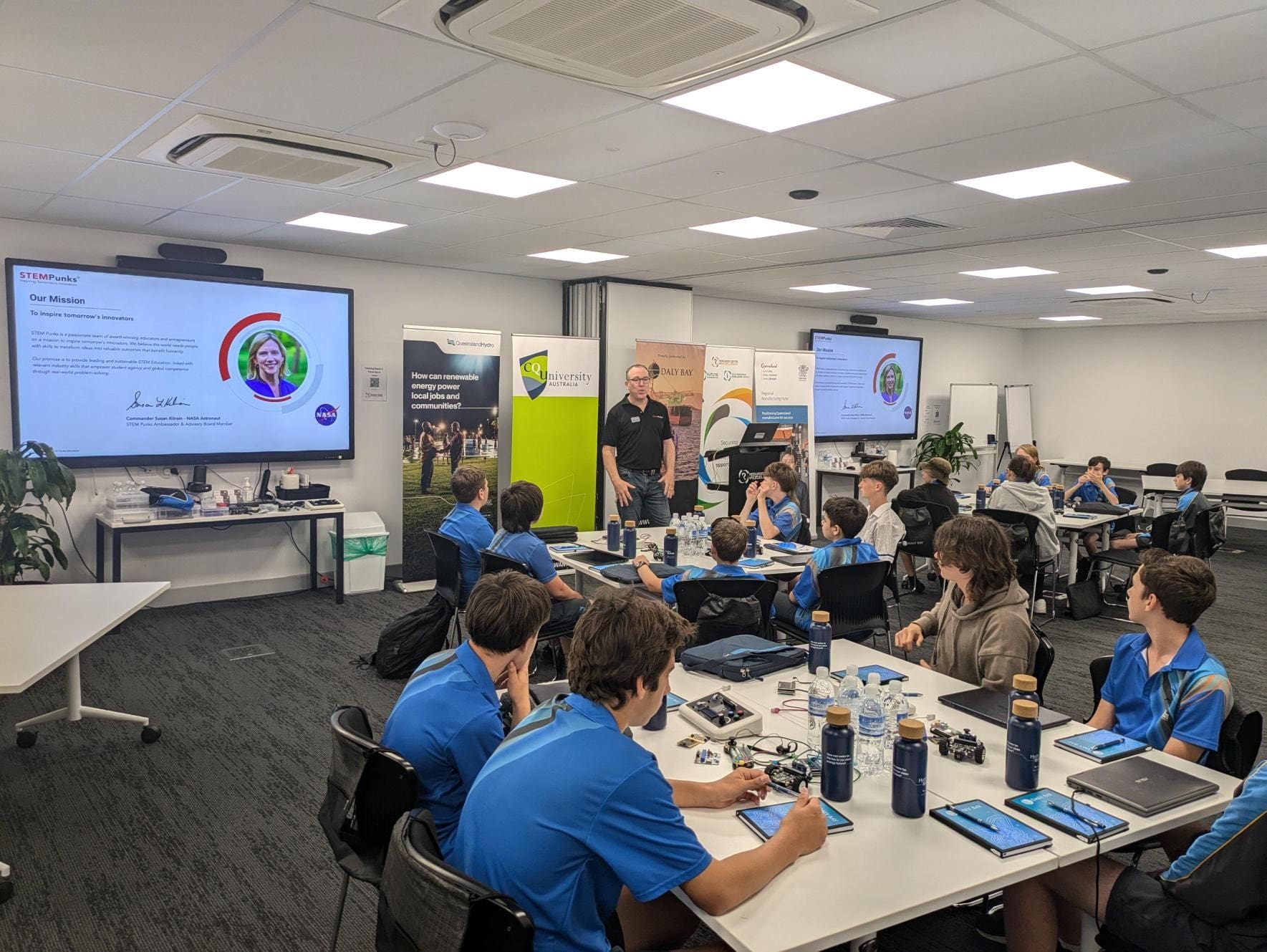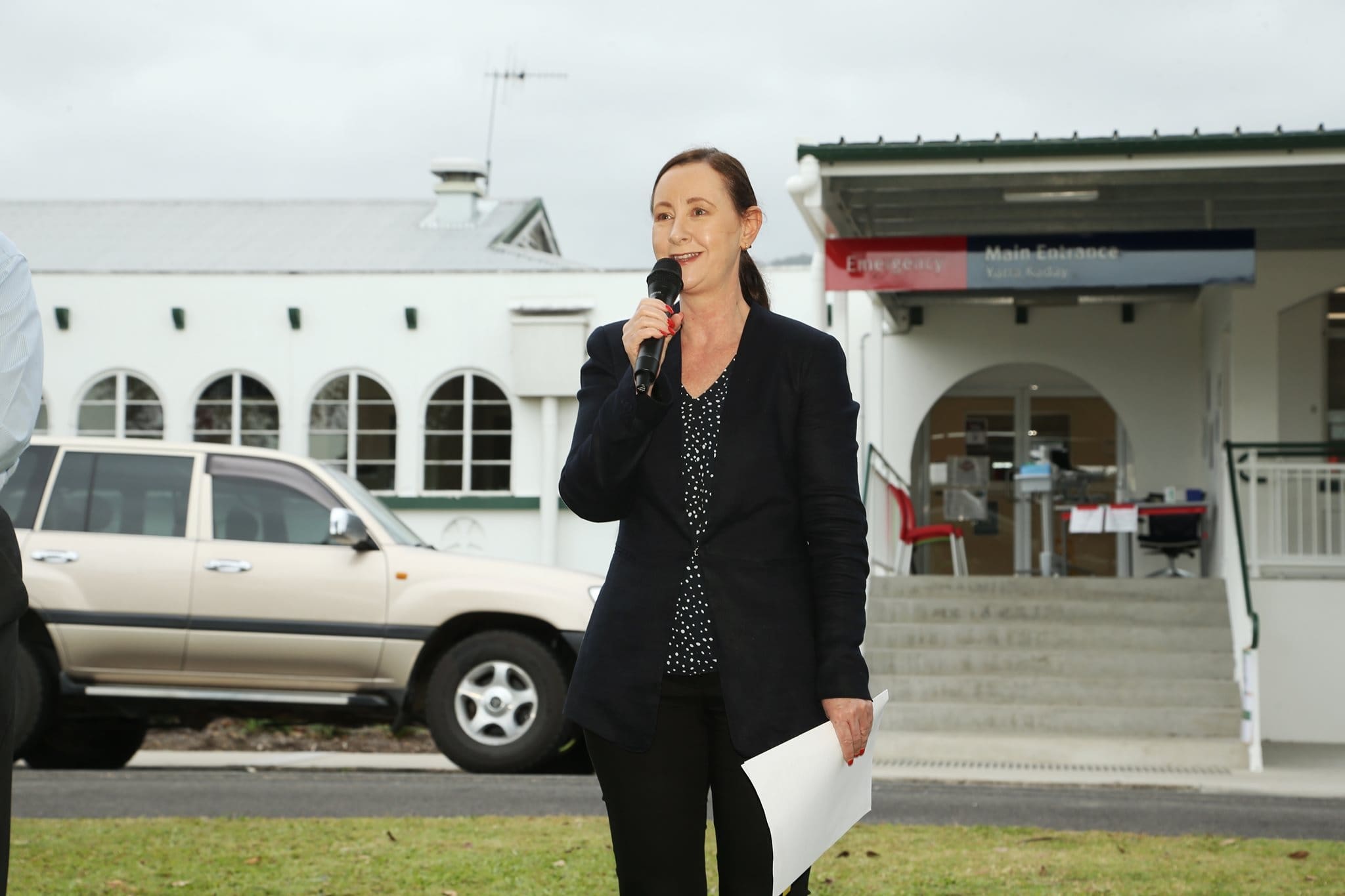At Glencore’s Oaky Creek, the Environment and Community (E&C) team is pioneering the use of artificial intelligence (AI) in vegetation monitoring to enhance the efficiency of mine rehabilitation efforts. These innovative practices mark a significant shift in how environmental data is gathered and utilised at site.
Joel May, Oaky Creek E&C Manager, explained how Oaky Creek is harnessing AI for mine rehabilitation and land management.
“To understand the performance of vegetation across the expansive lands we manage, we now employ a series of advanced AI technologies. This approach allows us to capture detailed environmental data without the extensive labour, time, and safety risks involved in traditional ground monitoring.”
The team uses large Unmanned Aerial Vehicles (UAVs) or drones, equipped to capture high-definition imagery across vast areas swiftly. These images are then processed by supercomputers, capable of analysing extensive data sets to identify plant species, assess their health and surrounding environment, including the presence of animals, habitat conditions, and even potential erosion.
“By using AI from the air, we significantly enhance the quantity, quality, and speed of data acquisition.
“The remote sensing technology not only improves our understanding of the current environmental conditions but also allows us to quickly address issues such as invasive weed populations, which can be swiftly identified and managed.”
Previously, the reliance on ground-based monitoring meant managing a small sample area, which was time-consuming. Joel said AI technologies have revolutionised this process.
“The use of AI enables us to cover larger areas with more accuracy, reducing manual labour and enhancing safety by minimising the need for personnel to navigate difficult terrain.”
Despite the technological advancements, integrating AI into environmental monitoring has not been without challenges.
Dealing with logistical complexities, including the deployment of flight operations teams and the management of extensive datasets, proved to be quite demanding. However, advancements in regional communication networks and support have played a crucial role in overcoming these challenges.
Joel said the data collected through AI technology also assists Oaky Creek in making informed decisions and supports adherence to regulatory standards.
“Our AI-driven data collection has also been instrumental in helping us to achieve progressive certification of rehabilitated areas, confirming that our efforts meet our own stringent standards and the state regulations. To date Oaky Creek has achieved Queensland Government certification for 1,475 hectares of rehabilitated mined land, which is an area twice the size of Hamilton Island.”
Moving forward, Oaky Creek will continue to investigate the use of AI technologies, and where relevant, integrate them across various environmental management areas, including biodiversity assessment, carbon accounting, air quality, progressive rehabilitation works (e.g. bulk earthmoving) and water management.
“We are continuously exploring how AI can enhance our environmental strategies and performance across the entire mine footprint.
“We are reviewing with our partners its application across natural and exotic species, land condition, air quality and overall ecosystem performance. Watch this space!”













